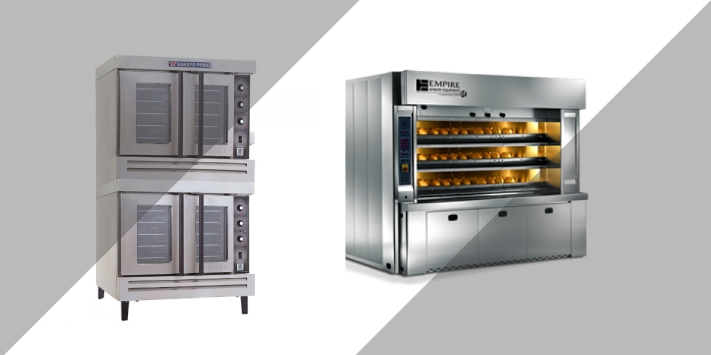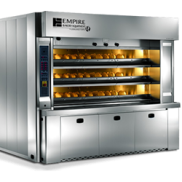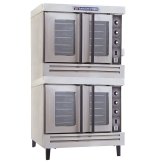
The Australian bakery market has been witnessing continuous growth during the last few years at about 5 percent CAGR (compound annual growth rate). For breads, the percentage is slightly less, when cakes are experiencing a bit higher growth rate at the same time. The largest growth has been witnessed in the area of artisan breads – they are being supported strongly in the sectors of retail street as well as in-store bakeries. The main reason behind this is the desire of consumers for authentic taste and better freshness in their baked goods.
In the market associated with food service cake of Australia, the ever-booming cafe culture of the Kiwis has led to significant growth that is currently being satisfied by introducing plenty of new and finer flavoured bakery products. Besides that, professionals have never been so concerned about creating gluten-free baked food items. Of all the products that have been launched ever since the year 2013, 21 percent of them claim to be gluten-free. Voluntary programs for reduction of salt have also been implemented in the bakery industry, especially in the sector of packaged bread. On top of that, usage of appropriate palm oil is also being demanded by consumers in a wide range of baked goods.
The white bread sector is declining rapidly and being replaced by several healthier options such as ancient grains, wholemeal, grains with fruit, variety grains, etc. During the last 5 years, the bakery industry has been focusing particularly on the production of healthier, gluten-free and artisanal bread. This has specifically benefited younger Australians by providing them with more health-friendly breakfast options.
On the other hand, the variety of cookies and cakes being offered grows continuously in flavours and varieties. The conventional cake specialty shop items have become more specialised and gained their own grounds in the commercial market. Consumers, however, are becoming more and more interested in the processes being used at present for making gluten-free and healthy bread. Even the equipment being utilised by production facilities, such as bakery mixing systems, makeup lines, solids handling machines, etc. have become a topic of discussion among the health-conscious Australians.
Consumers in the nation of Australia have become more concerned about eating quality food over the last 5 years. This has, in fact, been greatly driven by tremendous growth in radio, supermarkets, television, etc. distributing food and meal ideas. It has reflected significantly on the bakery industry and its taste, appearance and flavour.


 It is a very important piece of equipment for any artisan bakery that seeks to prepare exquisite and crusty loaves of bread. Although it takes up more space and necessitates skilled workers for operation, the end products are always of high quality. It typically makes use of conduction heating, which is a procedure that involves movement of heat from a deck or hot stone to the sheet pan or loaves of bread being baked. It also employs radiant heating for penetrating in the dough and heating it throughout. Being capable of carrying a lot of mass, it has excellent recovery time and also holds temperature really well. An important feature that must be considered while buying this type of equipment is whether it runs on electricity or gas. The utility costs of either greatly depend on the facility type and region. There are many reputed
It is a very important piece of equipment for any artisan bakery that seeks to prepare exquisite and crusty loaves of bread. Although it takes up more space and necessitates skilled workers for operation, the end products are always of high quality. It typically makes use of conduction heating, which is a procedure that involves movement of heat from a deck or hot stone to the sheet pan or loaves of bread being baked. It also employs radiant heating for penetrating in the dough and heating it throughout. Being capable of carrying a lot of mass, it has excellent recovery time and also holds temperature really well. An important feature that must be considered while buying this type of equipment is whether it runs on electricity or gas. The utility costs of either greatly depend on the facility type and region. There are many reputed  They are available in a plethora of variants – single rack, 10 pan, double rack, rotating rack, smaller designs with 1 to 5 pans, etc. One of the main features of these types is a fan that blows hot air and thus ensures transfer of heat. The convection heating process allows to use a wide range of temperature such as 425 degrees Fahrenheit for baking dinner rolls, hamburger buns, etc. or 150 degrees for drying meringus. Another beneficial feature of convection ovens is their capability of adding steam while baking. It aids in achieving a beautiful shine and fully expands the loaves of bread or anything else being baked.
They are available in a plethora of variants – single rack, 10 pan, double rack, rotating rack, smaller designs with 1 to 5 pans, etc. One of the main features of these types is a fan that blows hot air and thus ensures transfer of heat. The convection heating process allows to use a wide range of temperature such as 425 degrees Fahrenheit for baking dinner rolls, hamburger buns, etc. or 150 degrees for drying meringus. Another beneficial feature of convection ovens is their capability of adding steam while baking. It aids in achieving a beautiful shine and fully expands the loaves of bread or anything else being baked.